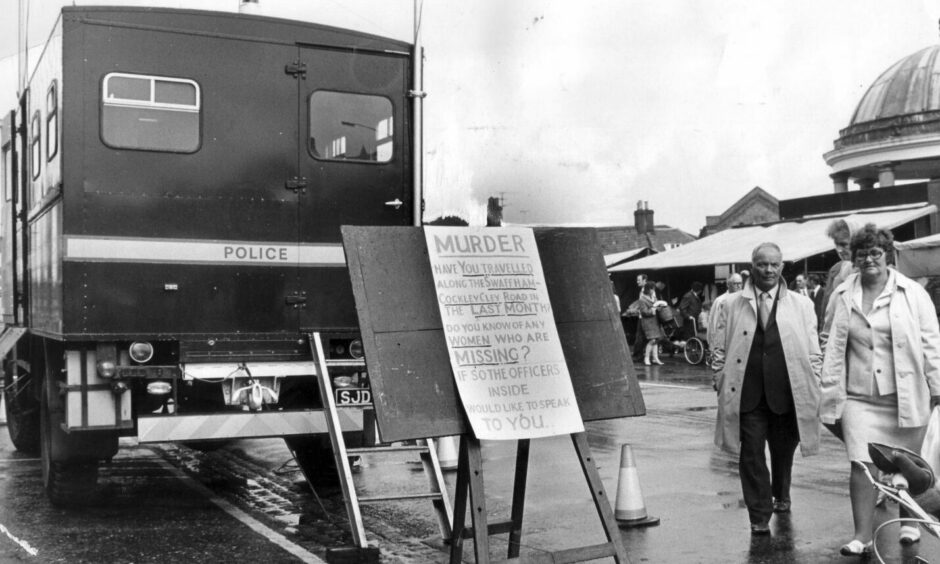
It was a scene of unimaginable horror.
A macabre whodunnit with all the ingredients of a Hollywood blockbuster.
It started with a young woman’s headless corpse found lying in a shallow grave at a roadside by a remote field in the village of Cockley Cley near Swaffham in August 1974.
Today, nearly half a century later and after a massive investigation stretching over many years, no-one knows for certain who she is or how she was killed.
More importantly, no-one has the slightest idea who did it or why.
Was she English, or possibly Danish, as some suggested?
Or was she, or her killer, from Dundee?
So what happened in 1974?
It was a murder which shocked even the most hardened detectives in West Norfolk and revolted residents with its barbaric brutality.
A 19-year-old tractor driver named Andrew Head ignited one of West Norfolk’s greatest murder mysteries when he made the grisly discovery about 7.15am on August 27 1974.
The young woman had been dumped and decapitated.
She was wrapped up in a plastic dust sheet with NCR written on it.
The mystery victim was well-built and wearing only a short pink Marks & Spencer nightdress with a frilly low-cut neckline and her hands and legs were bound with rope.
The deceased had been left to rot among the weeds for several weeks.
The NCR dust sheet and the rope suggested connections with Dundee.
NCR — National Cash Register — came to Dundee in 1946 and at its peak employed more than 6,000 people in the early 1970s across seven factories.
Only six such NCR dust sheets were manufactured between 1962 and 1968.
The four-strand jute rope used to bind the body, believed to have been used in agriculture, was tracked to Dundee but the manufacturers have all since closed.
The first post-mortem examination, conducted the same day by a Home Office pathologist, suggested she was in her 20s or 30s and about 5ft 2ins tall.
More than 1,000 separate lines of inquiry were investigated in the early stages and even the FBI and Interpol became involved in an attempt to discover the woman’s identity.
Ironically, searches of missing person files and in-depth checks by the murder hunt team between 1974-1975 led to many missing people being traced — but the identity of the murdered woman was never established and her killer appeared to have escaped justice.
Body was exhumed in 2008
The mystery then began to slip out of the newspaper columns but it reappeared dramatically in 2008 when Norfolk Police’s Unsolved Case Team exhumed the body.
Could advancements in technology help unlock the mystery?
Norfolk Police obtained DNA samples from the corpse and traced and eliminated over 470 women from across the UK who were reported as missing in the early 1970s.
Subsequent tests indicated the headless Jane Doe was 23.
She had probably given birth, to a child, or children, ate a diet heavy in fish and crabs, and had consumed water containing isotopes that could be found in Scotland.
Analysis of the remains also helped establish that the woman had either originally come from northern Europe, or lived there in the months before her death.
The case featured on BBC TV’s Crimewatch where a former police officer suggested she was a Danish sex worker, known as The Duchess, who lived and worked around Great Yarmouth docks, but, one day in 1974, just disappeared without trace.
Alexander McGregor, former Courier chief reporter and author of the best-selling book The Law Killers, says the case is as baffling as it is intriguing and the clear links with Dundee make it especially fascinating.
“Very few unsolved murders contain so much uncertainty,” he explains.
“The exhumation of the body years after it was found produced some vital facts, but that only prompted more questions.
“It was learned that she had likely given birth.
“In that case, where is her child or children?
“Most intriguing of all is her possible connection to Dundee.
“The exhumation threw up the unlikely information that recently before she died she had consumed water found in Scotland.
“Put that with the facts that her body had been bound with jute rope made in Dundee and covered in a rare sheet produced by Dundee-based NCR, and strong links with the city become inescapable.
“The riddle is determining what they are.”
Murder detectives probed Dundee clues to killing of woman
Alexander thinks it unlikely she was a Dundee woman.
“It’s possible, but it seems more probable that she was killed by someone either based in the city or who visited to collect products produced by NCR and then transported them south,” he said.
“That would fit with the theory that she may have been the Duchess, the sex worker known to have associated with lorry drivers.”
Things took a further twist in December 2015.
Norfolk and Suffolk’s Major Investigation Team appealed for information from Dundonians and released photographs of the NCR dust sheet that covered the body, as well as the victim’s nightie, to try to stimulate new lines of inquiry.
Detective Chief Inspector Andy Guy told the Evening Telegraph: “We have been thinking about the possibility of Dundee having a part to play in this inquiry.
“The water she’d taken had matches across central Europe but there were also matches around Dundee and other parts of Scotland.
“Further to that, the rope found with the body was made by one of the factories in Dundee.
“Also, the plastic sheet found had NCR on it and they certainly had a big base in Dundee at that time, although we have to consider they did have regional offices elsewhere around the country.
“So there are quite a few ties to Dundee.”
Living in hope of a breakthrough
Officers received calls from the city following the appeal with potential leads to follow and DCI Guy and his colleague DC Mark Proctor headed north in March 2016.
DCI Guy also drew on the support of Abertay University students to delve through missing person newspaper reports from 1973-1975 at Dundee Central Library.
The students’ work generated a couple of leads but ultimately they drew a blank.
Asked at the time if he felt that was the end of the investigation for now, DCI Guy said: “I think that’s fair to say.
“That will probably be the end of it for now.”
DCI Guy said he would live in hope of a breakthrough.
He said: “I think I’ve said in the past that we’ve spent many years on this so it’s not as if we gave it a light touch.
“We get calls from time to time or a one-off email with new information and we’ll continue to act on anything that comes our way.”
The file remains open but it seems unlikely that her murder will ever be solved.
Someone, perhaps a Dundonian, has got away with murder for nearly 50 years.
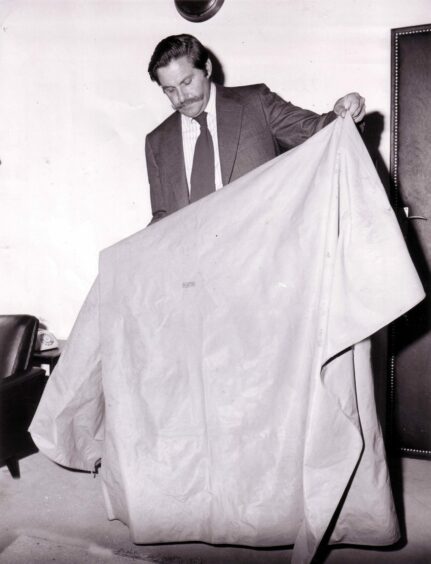
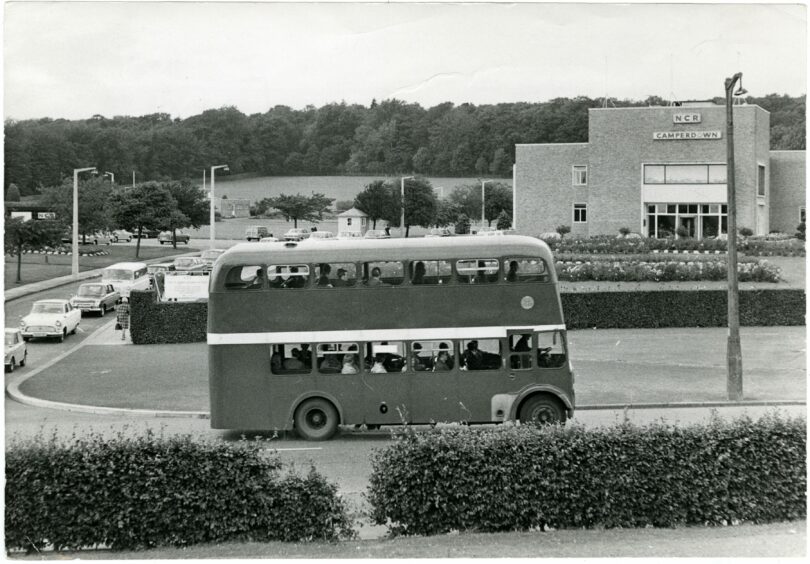
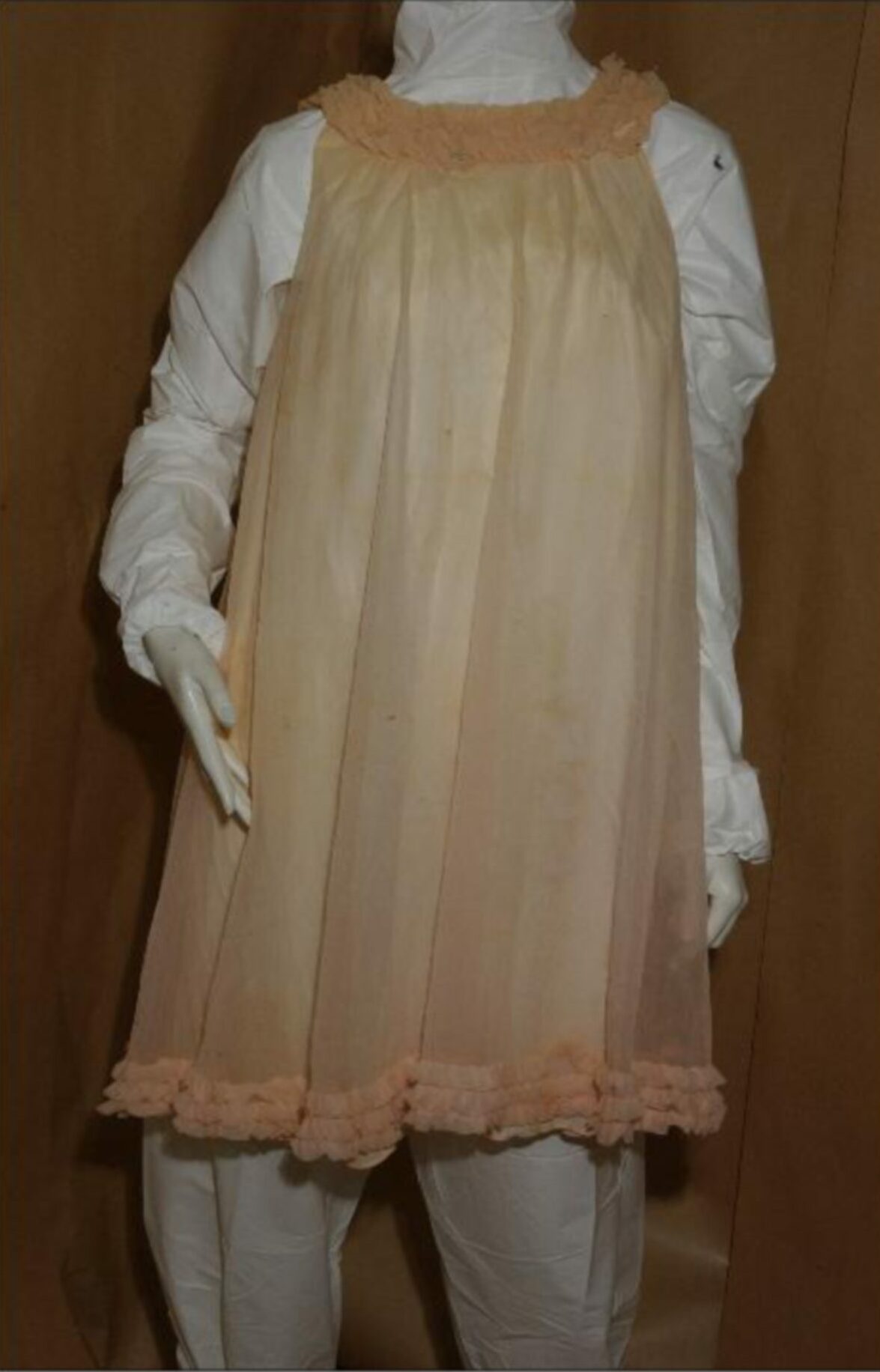

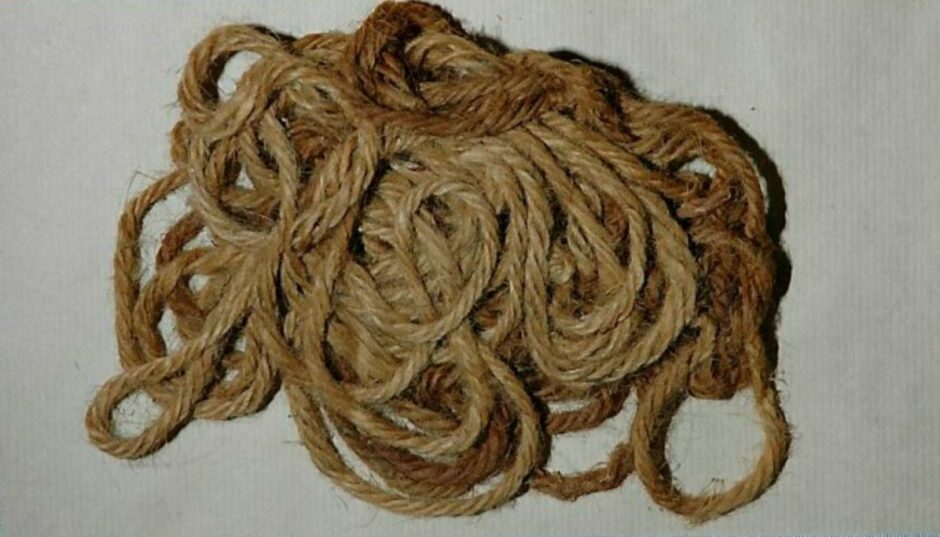











Conversation